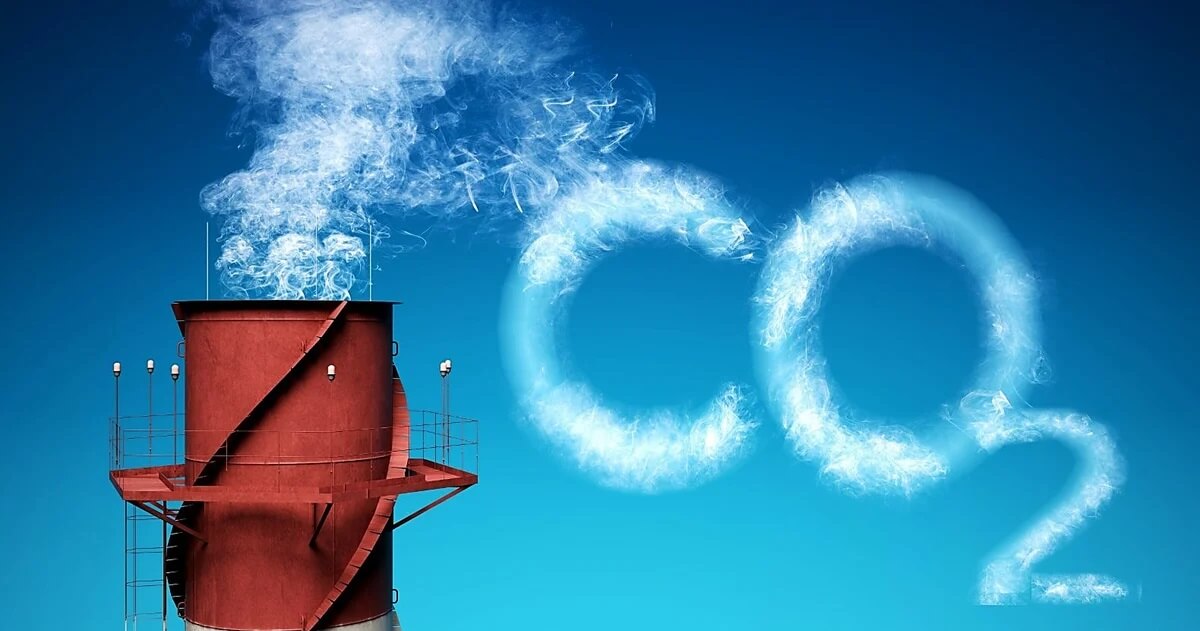
News Global Market China 726 28 September 2023
Emissions of sulfur dioxide per ton of steel were 0.19 kg/t, smoke and dust – 0.24 kg/t, nitrogen oxide – 0.39 kg/t
In January-August 2023, total emissions in China’s steel industry increased by 5.2% compared to the same period in 2022. China Steel Producers Association (CISA) informs about it.
Emissions of sulfur dioxide per ton of steel amounted to 0.19 kg/t (-14.3% y/y), smoke and dust – 0.24 kg/t (-13.8% y/y), oxide nitrogen – 0.39 kg/t (-13.6% y/y). Emissions of sulfur dioxide and solid particles decreased by 14.7% and 14.1%, respectively.
The total volume of water used by steel enterprises in January-August increased by 2.2% y/y – up to 58.3 billion cubic meters. In particular, new water intake decreased by 3.8% y/y, and reuse increased by 2.3% y/y. The level of water reuse was 98.2%, which is 0.11 percentage points higher y/y.
The production of steel slag by Chinese steelmakers for January-August 2023 amounted to 54.7 million tons, which is 0.5% more y/y. The output of blast furnace slag increased by 1.7% y/y – up to 143.7 million tons. The utilization rate of steelmaking slag was 98.3%, (+0.38 percentage point y/y), of blast furnace slag – 99.5%, (+0.45 percentage points y/y).
Blast furnace gas production amounted to 598.2 billion cubic meters, which is 0.04% more y/y, converter – 53.4 billion cubic meters (+1.6% y/y), and coke – 37.1 billion cubic meters (+2.3% y/y). The coefficient of use of blast furnace gas was 98.6%, which is 0.35 percentage points more than in January-August 2022, converter gas – 98.5% (+0.16 percentage point y/y), coke gas – 98.4% (-0.34 percentage point y/y).
As GMK Center reported earlier, China in August 2023 reduced steel production by 4.8% from the previous month – to 86.41 million tons. The figure fell at a faster pace than the market expected, as some steel companies cut output amid falling margins. In January-August 2023, China produced 712.93 million tons of steel, which is 2.6% more than in the same period of 2022.




